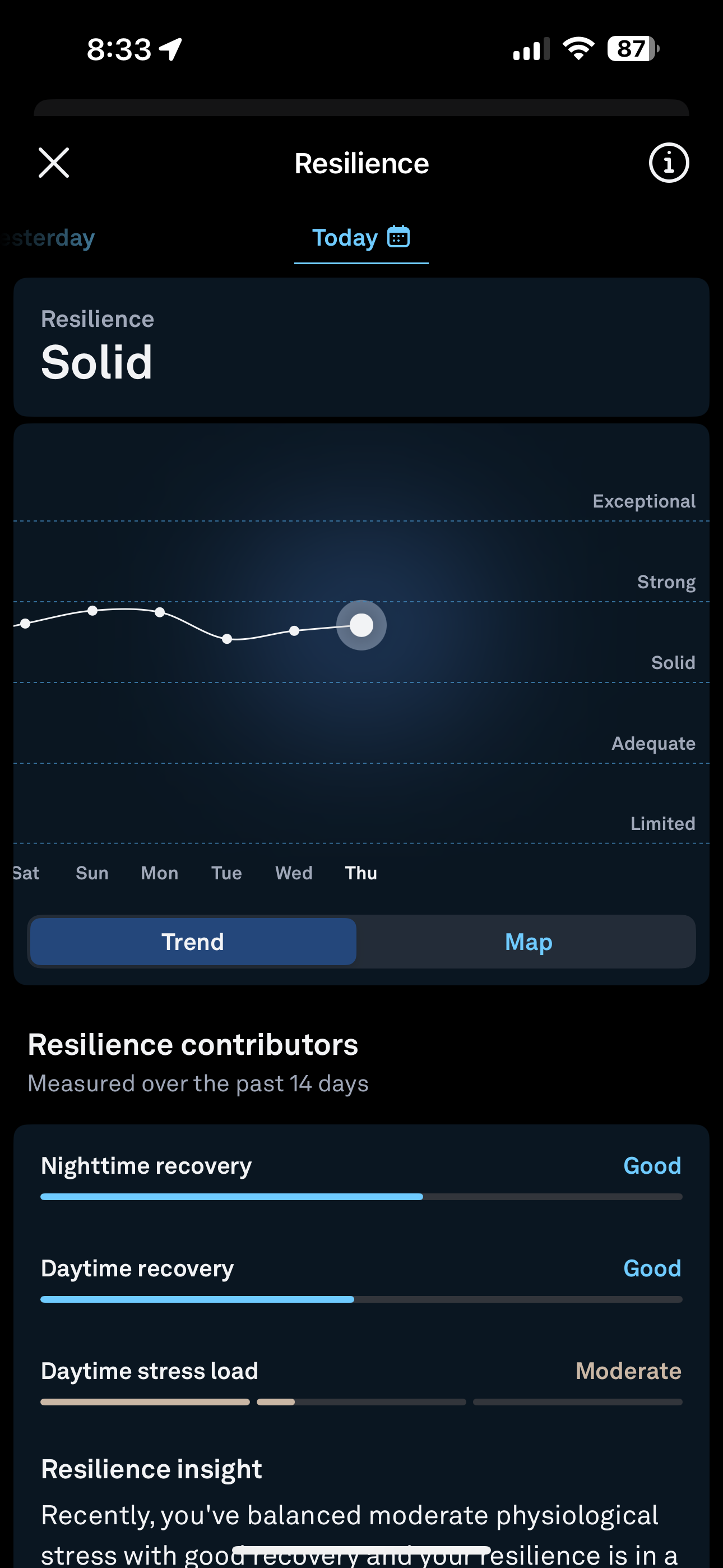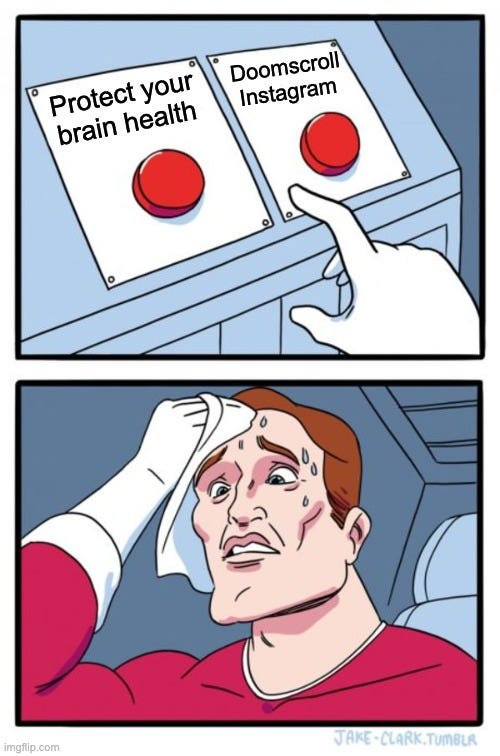Ship Happens, Week 8
Architecting momentum, product manager compensation, customer AI adoption, the AI robot race, and attempts at biohacking stress.
Happy Friday everyone! Welcome back to Ship Happens, your weekly product manager newsletter.
I'm using this newsletter to share at least three things l've come across this week to help you build better product. Subscribe so you don't miss these when they come out:
On to this week's thoughts and updates!
1. Be the Architect of Momentum as a Product Manager
First, if you don’t subscribe already to
I highly recommend her newsletter . She has fantastic advice about what it takes to be as successful as the top 1% of performers.The concept of being a Chief Momentum Officer reminded me of my own evolution as a product manager. In the early days of being a little baby PM, I used to think I had to be the arbiter of every decision that was made in my product experience. At all times, I had to be judge, jury and executioner for every decision I made.
A key shift that happened that led me to the senior levels of product management and ultimately becoming a product leader to my teams is, in essence, architecting momentum.
That meant making shifts like:
Being the one making every decision about the product → Enabling the team to make the right decision fast with the right frameworks
Making every decision large and small → Empowering the team to make great decisions in the framework, have me involved for the really complex decisions
Deciding yes/no on which big project to execute → How can we test the key project’s core hypothesis with a low-effort experiment?
Forcing an exact roadmap on the team → Pointing the team towards the right problems to solve, harnessing the team’s creativity to 10x possible impact
So, as you go about your day-to-day machinations as a product manager, I think you’ll unlock way more of your scale and potential by figuring out how to architect momentum by empowering your team to make great decisions, faster. Something to chew on over the weekend, into next week.
2. Ever wondered about product manager compensation?
I’d recommend checking out this well-researched article from
on compensation:Of course, being a PM, I appreciate all of the nitty gritty data around compensation by US city tier, geos and company types. If you’ve ever wondered how your compensation stacks up and what to expect out of different opportunities, this is one of the best guides I’ve come across.
Also, if you’re not subscribed to
…why not?! Get yourself a sub and enjoy all of the wonderful insights!Like what you’re reading? Click to subscribe below and never miss an edition:
3. In the age of AI adoption, meeting customer needs still matters
I wrote an article not too long ago about what’s pretty much the same about AI product management as I was learning more about it.
I think the core of that article is still true:
In summary, you still have to be a great product manager. It’s not enough to intimately understand the technologies you’re working with. You still need to wield those technologies ultimately to serve your users and the business outcomes you’re setting out to achieve.
And in this article, that comes to life in the form of AI adoption being slower in enterprise cases where industry rules, privacy and workplace policies still matter, new technology or not:
We’re living through an exciting time with the emergence of AI for all kinds of use cases. But the fundamentals of building great product experiences that users want to and can actually adopt remain more or less the same. Which is comforting in a way, that meeting user needs wielding this new technology, like any new technology hitting the market, is still a sure-fire path to success.
4. I can’t wait for the AI robot race
My wife is prepared to plunk down a king’s ransom of $20k for a humanoid robot, and it looks like she’s not the only one:
I am SO EXCITED for this phase of AI meeting us in the real world. I studied robotics at the University of Texas and I can genuinely say this is my dream to see all that science I studied out in the wild. It makes me extra proud that Apptronik out of my alma mater is at the forefront of this effort.
5. Will it work: can I reduce my daytime stress/increase daytime recovery?
Yes, I realize this is a super biohack-y thing, but I’m going to try to see if I can reduce my daytime stress load according to my Oura Ring, along with increasing my daytime recovery as shown below:
I started this experiment on Sunday by placing actual screen time limits in iOS on Instagram and TikTok.
Interestingly, the harder one to limit has been Instagram?! It looks like I spend a lot of time mindlessly hopping in there to look at more pictures of Luka Doncic in a Lakers jersey which breaks my heart. 💔 TikTok seems to be more intentional, mostly since I have to watch it with audio.
In a twist though, it looks like I should just put my phone down completely according to this article from
:It turns out my brain might need to be bored more. But how? Well I went straight to the source, and the response Dr. Julie gave me scared the crap out of me:
OMG. Turn off TV AND social media?! Go on a walk…in silence?!?!?!?! I can tell y’all that I haven’t gone on a silent walk since 2008 when I got my first iPhone lol.
But okay, if that’s what it takes to turn the stress level down and see some movement, I’m game to try it. I already tried not looking at my phone waiting for my son to finish his piano lesson this evening and made it 7 minutes without picking it up. 😅 So we’ll try some other things and I’ll keep y’all posted on how we do!
That's it for this week!
If you've found this helpful, please consider showing your support by subscribing:
And please consider supporting by becoming a paid subscriber at $5/month or $50/year. I don’t require it to get great value out of the newsletter, but it does provide great motivation to keep going. So consider going paid, you can participate in the paid subscriber chat and keep this sucker going.
I’ll be back around this time next week with more useful product manager things!










